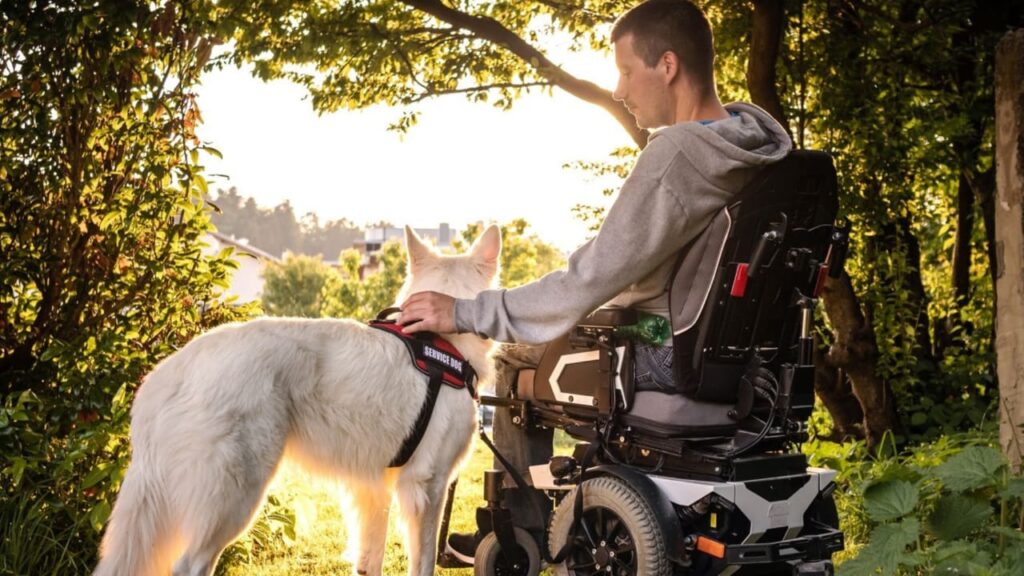The world of mobility aids has come a long way, and power wheelchairs stand at the forefront of this evolution. These motorized marvels promise independence and improved quality of life for those with mobility challenges. But like any technology, they come with their own set of advantages and drawbacks. Let’s dive into the complex reality of power wheelchairs and explore whether they truly offer freedom or if they sometimes lead to frustration.
The Promise of Freedom
For many users, a foldable power wheelchair represents a gateway to independence. These devices offer the ability to navigate the world with greater ease and less reliance on others. Imagine being able to traverse long distances without fatigue, climb inclines without strain, and maneuver through crowded spaces with precision. Power wheelchairs make this possible, opening up a world of opportunities for work, socializing, and everyday tasks.
One of the most significant benefits is the conservation of energy. Manual wheelchair users often experience upper body fatigue and potential injuries from constant propulsion. Power wheelchairs eliminate this issue, allowing users to conserve their energy for other activities. This can lead to increased participation in social events, longer workdays, and a more active lifestyle overall.
Moreover, advanced features in modern power wheelchairs further enhance independence. Elevating seats allow users to reach high shelves or engage in eye-level conversations. Tilt and recline functions provide comfort and pressure relief, reducing the risk of skin issues. Some models even offer standing capabilities, providing health benefits and the psychological boost of being at eye level with others.
The technology behind power wheelchairs continues to advance. Smart wheelchairs with obstacle detection, automatic braking systems, and even mind-controlled interfaces are on the horizon, promising even greater autonomy for users.
The Reality of Challenges
However, the road to freedom via power wheelchairs isn’t always smooth. Users often face a variety of challenges that can turn their dream of independence into a frustrating reality.
One of the most common issues is the sheer size and weight of power wheelchairs. While they provide stability and power, they can be cumbersome to transport. Many users find it difficult to fit their chairs into vehicles, limiting their ability to travel spontaneously. The weight of these chairs often requires specialized lifts or ramps, adding another layer of complexity to transportation.
Maintenance is another significant concern. Power wheelchairs are complex machines with electrical systems, motors, and batteries. When something goes wrong, repairs can be costly and time-consuming. Users might find themselves stranded if their chair malfunctions, leading to a loss of independence they’ve come to rely on.
Battery life is a constant worry for many power wheelchair users. The fear of running out of power while away from home can be anxiety-inducing. While battery technology has improved, it still requires careful planning and regular charging to ensure uninterrupted mobility.
Accessibility issues persist despite advancements in wheelchair technology. Many buildings, public spaces, and transportation systems remain challenging to navigate. Narrow doorways, lack of ramps, and uneven surfaces can turn a simple outing into an obstacle course. This disparity between the capabilities of power wheelchairs and the limitations of the built environment can be incredibly frustrating.
The cost of power wheelchairs is another significant barrier. High-end models with advanced features can cost as much as a car, and insurance coverage varies widely. Many users find themselves settling for less ideal options due to financial constraints, potentially missing out on features that could greatly enhance their quality of life.
Learning to operate a power wheelchair effectively takes time and practice. The transition from a manual wheelchair or walking can be challenging, requiring users to develop new skills and adapt to different ways of moving. This learning curve can be frustrating, especially for those eager to regain their independence quickly.
Weather conditions pose another challenge. While power wheelchairs offer greater outdoor mobility, they’re not impervious to the elements. Rain, snow, and extreme temperatures can affect performance and comfort, sometimes limiting users’ ability to go out as they please.
Balancing Act: Maximizing Freedom, Minimizing Frustration
So, do power wheelchairs offer freedom or frustration? The answer, as with many things in life, lies somewhere in the middle. The key is to maximize the freedom while finding ways to minimize the frustrations.
Education and training are crucial. Comprehensive instruction on operating and maintaining a power wheelchair can significantly reduce frustration and increase confidence. Many rehabilitation centers and wheelchair providers offer training programs to help users get the most out of their devices.
Careful selection of the right wheelchair is essential. Users should work closely with occupational therapists and mobility specialists to choose a chair that best fits their lifestyle, needs, and environment. Sometimes, a combination of a power wheelchair for longer distances and a manual chair for indoor use or travel might be the optimal solution.
Advocacy for improved accessibility is an ongoing necessity. As more people use power wheelchairs, there’s a growing push for better infrastructure and accommodations. Users can contribute to this movement by voicing their needs and experiences to local authorities and businesses.
Technology continues to evolve, addressing many common frustrations. Lighter materials, more efficient batteries, and smarter control systems are constantly being developed. Staying informed about these advancements can help users make upgrades or changes that enhance their experience.
Community support can make a significant difference. Connecting with other power wheelchair users through support groups or online forums can provide valuable tips, emotional support, and a sense of community. Sharing experiences and solutions can turn individual frustrations into collective problem-solving.







